Cakes always elevate a gathering into a celebration. As important as the main spread is on a dining table, nothing signals an event’s crescendo quite like the appearance of a cake, often brought out at parties accompanied with singing and clapping. Everything else that happens after is the denouement, a dwindling of festivities after the sugar high.
These confections made of little more than flour, butter, eggs, and sugar have a particularly special place in the wedding ceremony. Symbolic of the first meal shared by husband and wife and the sweetness with which they hope to fill their marriage, the cake is carried or wheeled out to the reception to grand acclaim, with all eyes on the newlyweds as they slice off a piece to feed each other. It is also the last thing people eat, giving it the responsibility of leaving a delicious lasting impression among guests. With such a big role to play in an important life event, the cake has given birth to a long-standing global industry estimated to be worth US$2 billion in 2015 by the Association for Wedding Professionals International director Richard Markel.
The price is right
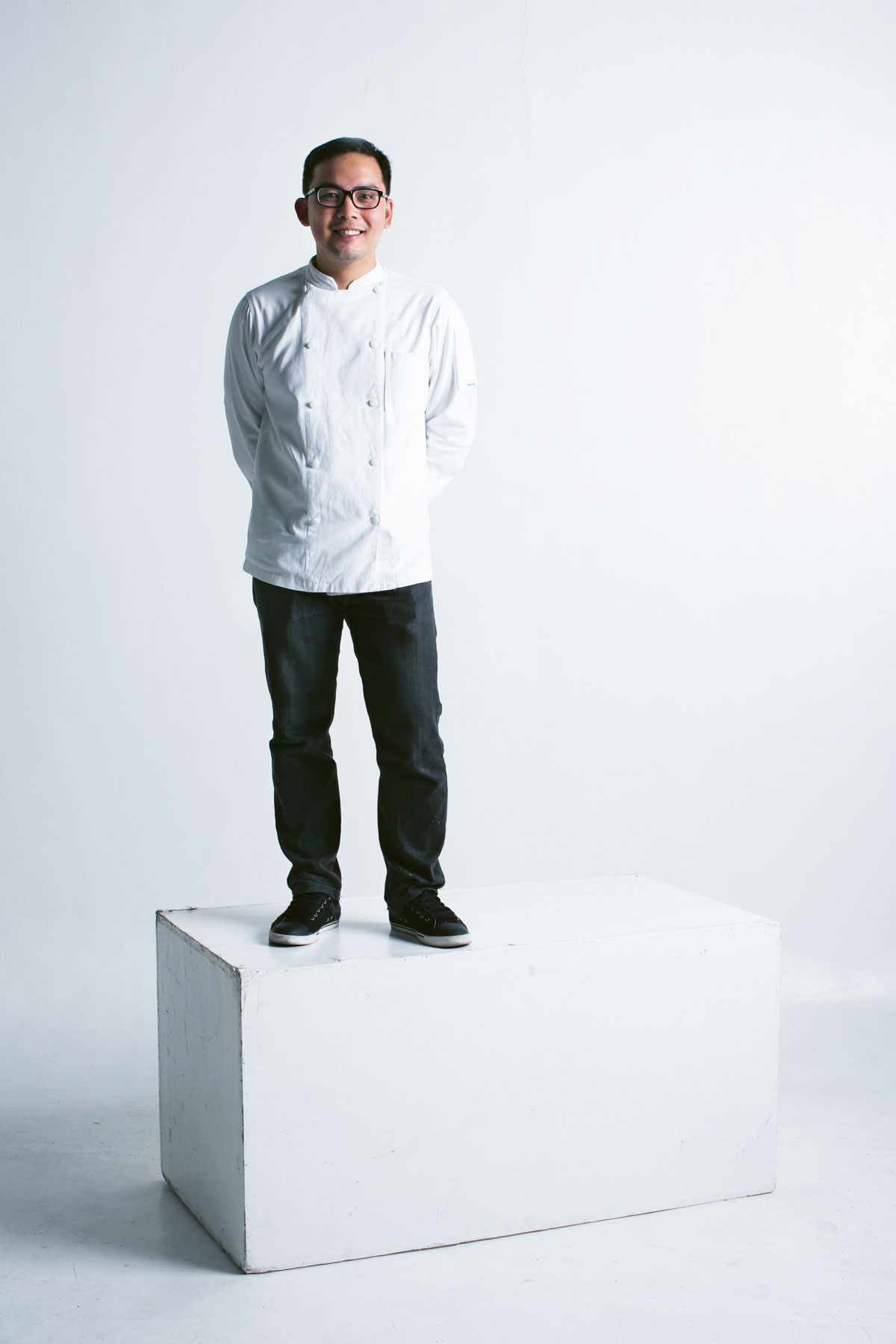
If we were to take a look at the local wedding cake scene, this figure would be hardly surprising. For Mark Flaviano, owner, manager, and cake creator of the pastry business Sparks, the fees he charges for two to three multi-layered wedding cakes are often higher than an employee’s monthly salary in a regular pastry job. As he should—with orders like a red, eight-foot-tall cake that features 400 small handmade flowers attached to each layer, there’s more than just the normal baking and decorating involved. It isn’t so much that Flaviano gets so overwhelmed by the demands of his clients that he has to raise his prices.
Trained at the Magsaysay Institute of Hospitality and Culinary Arts, the pastry chef previously worked in the kitchens of The Peninsula Manila, Le Cesar in Macau, and Atlantis the Palm in Dubai before returning to the country and setting up his own business in 2012. “I once read in a cake blog: ‘You are not in competition with the local grocery store’s prices,’” he says of his pricing policy. “‘You are selling handmade art and have the right to charge accordingly.’ It’s definitely not good practice to underestimate one’s self, talent, and capabilities.”
“I once read in a cake blog: ‘You are not in competition with the local grocery store’s prices,’” he says of his pricing policy. “‘You are selling handmade art and have the right to charge accordingly.’ It’s definitely not good practice to underestimate one’s self, talent, and capabilities,” says Sparks owner and wedding cake creator Mark Flaviano.
Shortcrust Pastry Shop’s Peachy Juban puts it more succinctly: “The cost of a wedding cake is more than just [the cost of] butter plus sugar plus eggs plus flour.” Citing that an average wedding cake starts at P25,000, she explains further, “How much I charge depends on how much people are willing to pay for the quality of my work.” And that quality is ever evolving.
Though she started her business in 1994, she continues to study the pastry industry, keeping abreast of new techniques and trends and passing on what she knows to others. In addition to the cake expertise she brings to the wedding table, she also takes care to get to know a couple’s stories on top of their flavor, color, and motif preferences, since these serve as the basis for the designs she’ll whip up for them. The research, preparation, and vision that go into her work are invaluable components of every cake she makes.
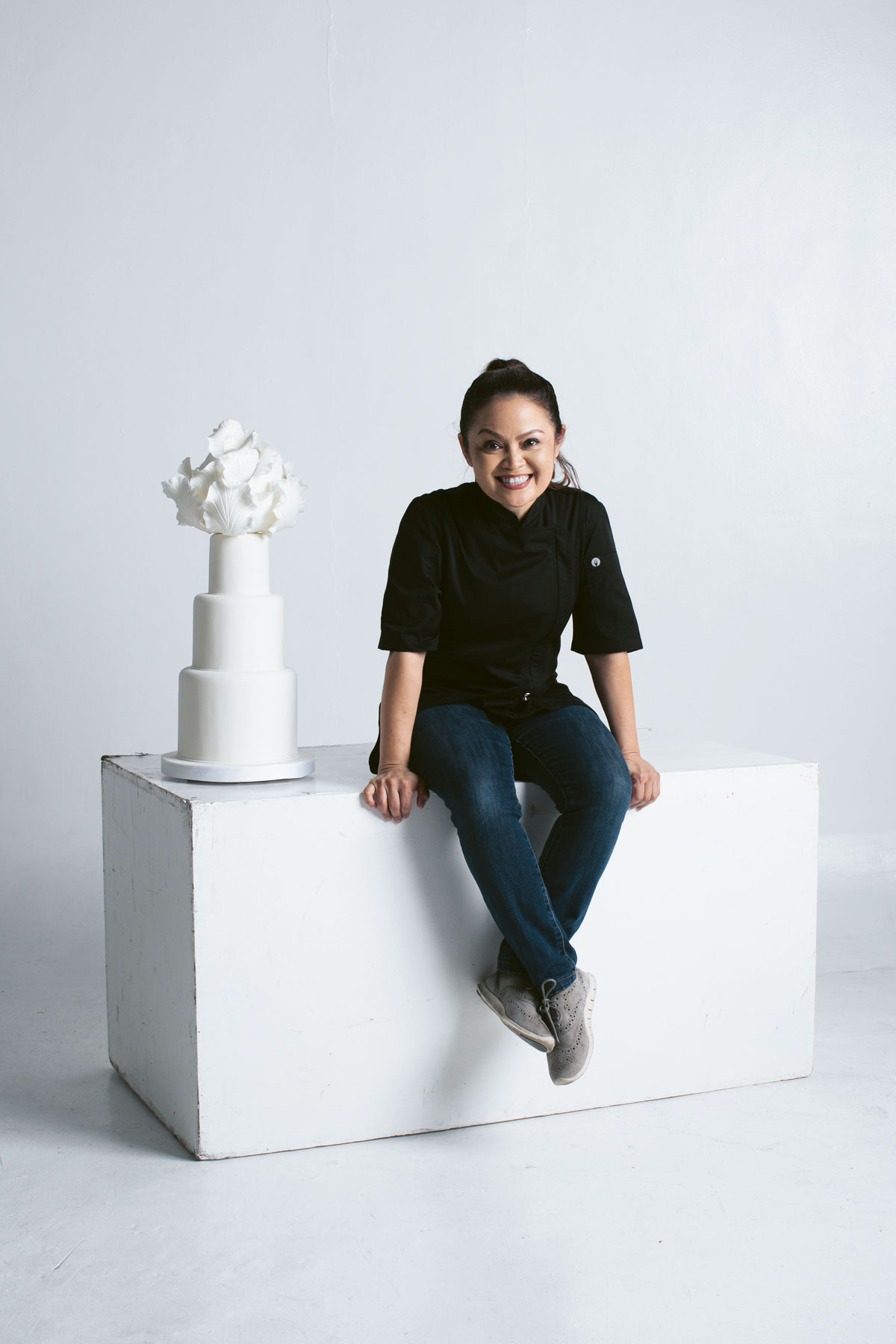
“Those of us who work in the wedding cake industry are considered designers,” affirms Cay Cuasay of Cupcake Lab. “Pastry chefs can price at a premium because of the particular styles we’re known for.” Coming from a family of weekend bakers, Cuasay has made plenty of custom-made special occasion cakes through Cupcake Lab. One of her first matrimony-themed creations was the six-foot-tall, 11-layer wedding cake she made for her sister. This year, though, she will be launching Lucille’s PH, a brand that specifically deals with weddings. “Cupcake Lab has its creative limits as a commercial brand. With Lucille’s PH, I get to create—and be paid for—extremely intricate cake designs.”
The high prices their cakes fetch don’t mean that sustaining a wedding cake business is a cakewalk. “Unless you’re supplying a hotel or an events place, it’s on a per project basis,” Juban confirms. “The success of running your own business is only as good as how hard you push.” From mom-and-pop cake shops to established bakeshop brands, any enterprising pastry business tries to take at least a crumb from the profitable wedding cake industry pie, given the variety of brides (and tastes) to appeal to. “Never before have there been so many choices for brides, with so much talent out there and easy access to information and materials.” Juban humorously notes the irony that as a pastry teacher, she’s breeding her own competition, “[so] unless you strive to set yourself apart somehow, it’s also easy to blend in with everybody else.”
“The cost of a wedding cake is more than just [the cost of] butter plus sugar plus eggs plus flour.” Citing that an average wedding cake starts at P25,000, Peachy Juban explains further, “How much I charge depends on how much people are willing to pay for the quality of my work.” And that quality is ever evolving.
Other businesses, however, don’t compete on the level of quality but on the pricing. This frustrates Flaviano, as he believes that focusing too much on lowering costs inevitably hurts the industry. “Some establishments offer prices that dive way, way below the common industry rates, and I find that unfortunate because product competition should always be based on quality and healthy competitive pricing. Sometimes, we underestimate clients, thinking they’re not willing to pay an amount commensurate to the amount and quality of our work, when in fact they are, given a good reason to.”
The extra mile
Bagging a client is just the start of the second phase of the job. For these veteran cake makers, the product execution is easy; it’s letting their creativity run wild that makes the process of production hard. “I have a bad habit of making things complicated for myself,” Juban admits. “Whenever there’s a chance to try something new—whether in flavor, color, proportion, texture, arrangement, or technique—I do it.” Filipino couples, she observes, love drama in their wedding cakes, despite recent trends of naked and dessert-type cakes. However, an exacting bride or couple is better than a client who tells her, “Bahala ka na.” “I need a hint as to what makes a bride and groom happy. I thrive in collaboration,” she explains. “The couple’s personality, style, and dynamic have to come out in the end product. I can always make [anyone] a nice cake, but [a wedding cake] has to be relevant.”
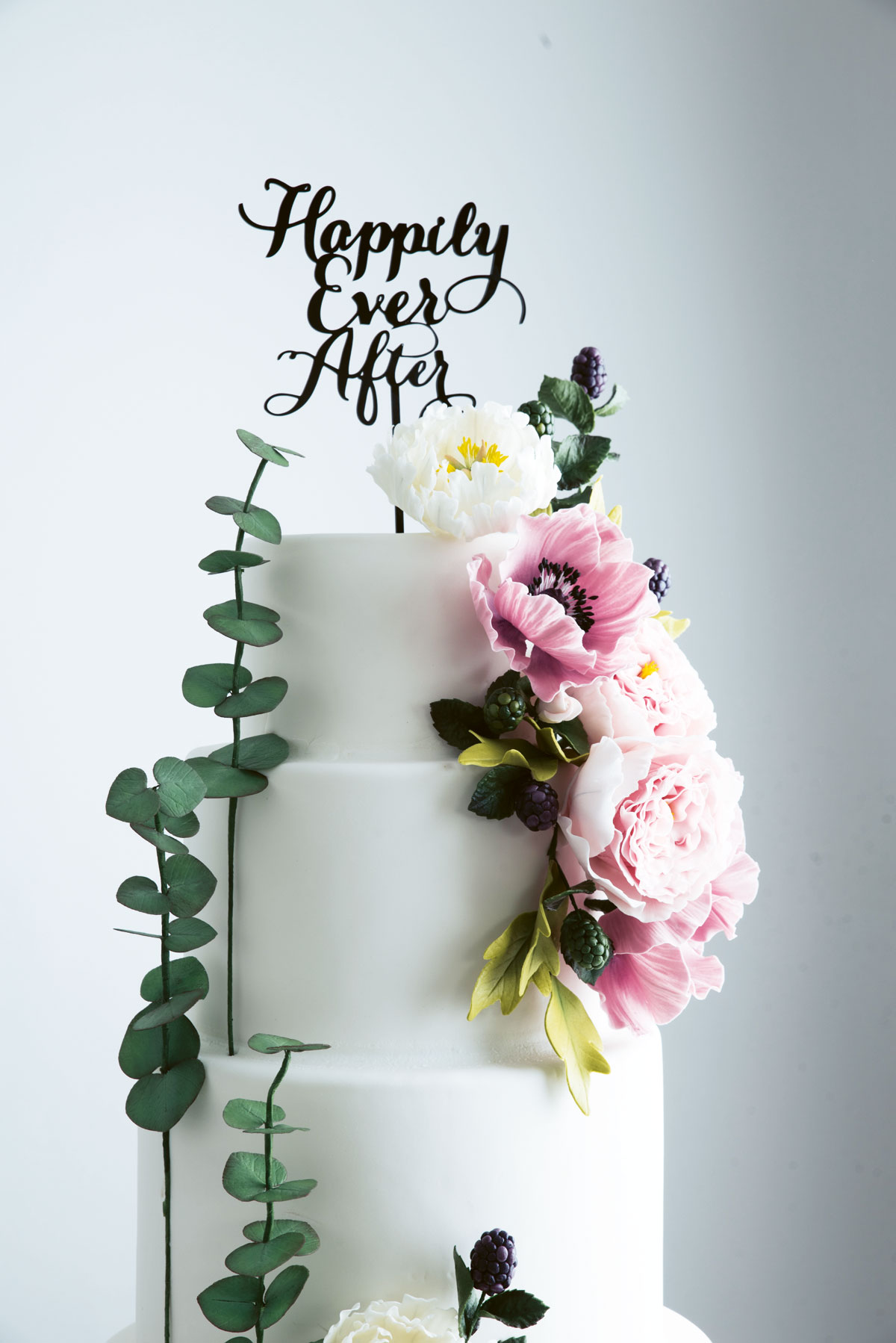
The chance to flex her skills with her wedding cake business is also what spurs Cuasay to develop her second brand further. “At Cupcake Lab, as long as we follow our recipes and procedures, we know we’re pretty much set. With Lucille’s, we take our time and make sure that every detail is there. Almost nothing can’t be built with proper planning, and [the work becomes] as complicated as I want it to be. Executing a cake design perfectly is more like finishing a painting than just completing a job.” Plans for “building” a cake take them weeks or months in advance to map out as, aside from preparing the decorative elements, they have to make sure that the pastry’s structure is stable. “And I’m not sure that it qualifies as [a source of] pressure, but wedding cakes are very, very personal,” Cuasay adds. “Every pastry chef wants to make sure that not only did they create something beautiful but also delicious.”
The work doesn’t end, either, with the placement of the wedding topper or the last handmade flower on the cake. With Manila’s traffic, getting this all-too important wedding centerpiece to its destination is often a source of logistical nightmares for pastry businesses. Flaviano has experienced leaving behind his car and carrying by hand a multi-layered creation down the street amid the traffic and heat just to make sure the cake reached the wedding venue on time.
“Almost nothing can’t be built with proper planning, and [the work becomes] as complicated as I want it to be. Executing a cake design perfectly is more like finishing a painting than just completing a job,” says Cay Cuasay.
“As the Titas of Manila might say, ‘Que horror naman!’” he quips. Flight regulations also impose problems, such as when Juban and her four-person team had to transport cakes from Manila to a destination wedding in Bohol. It took them two days to pack everything, with the sugar flowers and their backup pieces bubble-wrapped individually. “It also took some skilled eyelash-batting to convince the airport police to let us hand-carry six cakes,” she recalls. The trouble was all worth it, though. “Making a wedding cake is an opportunity to contribute to one of the most anticipated occasions in a couple’s life.
High stakes business
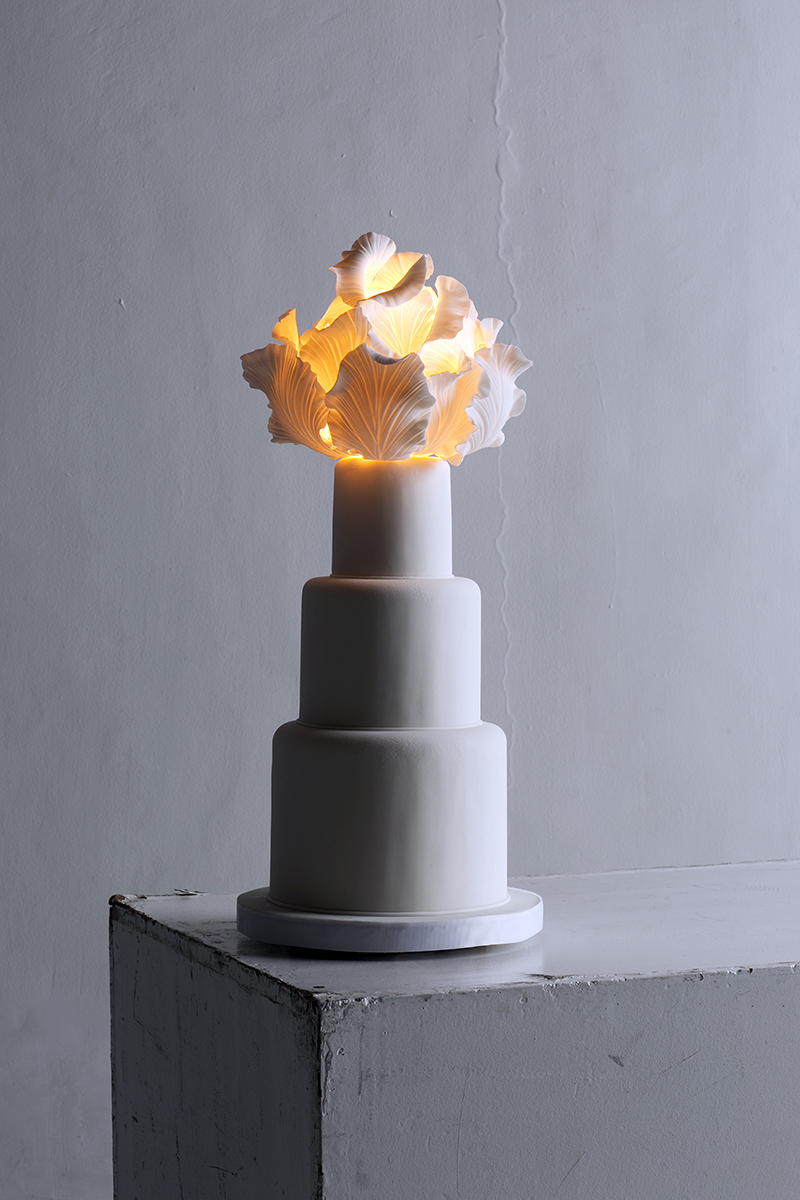
Unlike their sugary and photogenic creations, what these pastry chefs do is far from glamorous or easy. “The hours are long, the work very physical,” says Juban. “It takes effort to keep the energy high, the mind focused, and the creativity flowing day in and day out, again and again.” Though reality television shows like “Cake Boss,” “Ace of Cakes,” and “Cake Wars” add contrived drama to enhance stressful situations inside the pastry kitchen, there’s a grain of truth in their depiction of the high stakes involved in the custom-made cake industry. For Flaviano, their depiction of aspects of the business that are barely cake-adjacent rings true to him. “My favorite is “Cake Boss,” and I like how it shows what it’s really like to work in the industry, especially the pressures of owning a business, from managing the team—handling customer complaints, issues with suppliers, meeting deadlines, and kitchen disasters—to personal issues.”
In a culture that still puts so much significance on the wedding ceremony, where it’s reasonable to allocate at least a year for preparations and spend a six- to seven-figure budget (never mind incurred debts) to take care of all the details that will happen on just a single day, a pastry chef might think nothing of expanding into the wedding cake industry, armed with what he already knows about baking and dealing with clients and deadlines. There are certain disciplines specific to this line of business, however. Cuasay believes that finding then developing a particular style is crucial, as the one-aesthetic-fits-all mode of commercial baking won’t cut it. “When clients know the kind of design you do well, that helps them zero in on you. And because they pay a premium, a chef has to keep an eye out for the quality of their cake designs as well as their taste.
“When clients know the kind of design you do well, that helps them zero in on you. And because they pay a premium, a chef has to keep an eye out for the quality of their cake designs as well as their taste,” says Cay Cuasay.
Consistency is key in delivering your brand’s message and in getting better at what you do.” Taking advantage of the platform offered by the internet is a vital second step to establish a name in one’s target market. “A consistent and well-curated online presence as well as features by bloggers and magazines bring clients to your door,” Juban advises. “Keep in mind, though, that the deal is sealed with good people skills. Word-of-mouth advertising happens with consistent quality and sincere service.” Part of the necessary promotional hustle is investing in cake samples, which Flaviano says are useful in establishing professional relationships with events management groups and catering businesses, as it’s best to cover both bases: score a client directly and be part of a team that can present a whole wedding package to a couple.
Wedding magazines and websites come out with lists of cake trends every year, and while every wedding cake is custom-made according to (mostly the) bride’s specifications, these lists signify the industry’s dynamism and how it bridges the classics with new styles. It is this interesting contrast that keeps pastry chefs like Juban, Cuasay, and Flaviano learning and on their toes. “Wedding cakes—cakes in general—are age-old traditions,” Flaviano concludes. “They will never be discarded, but they’re also traditions that will always welcome new forms of expression.”
Originally published in F&B Report Vol. 14 No. 2


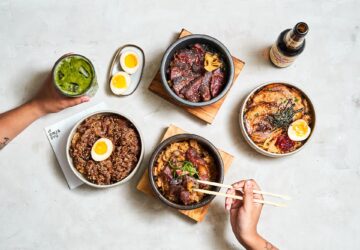
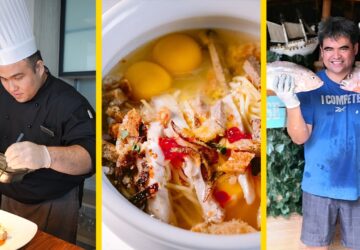

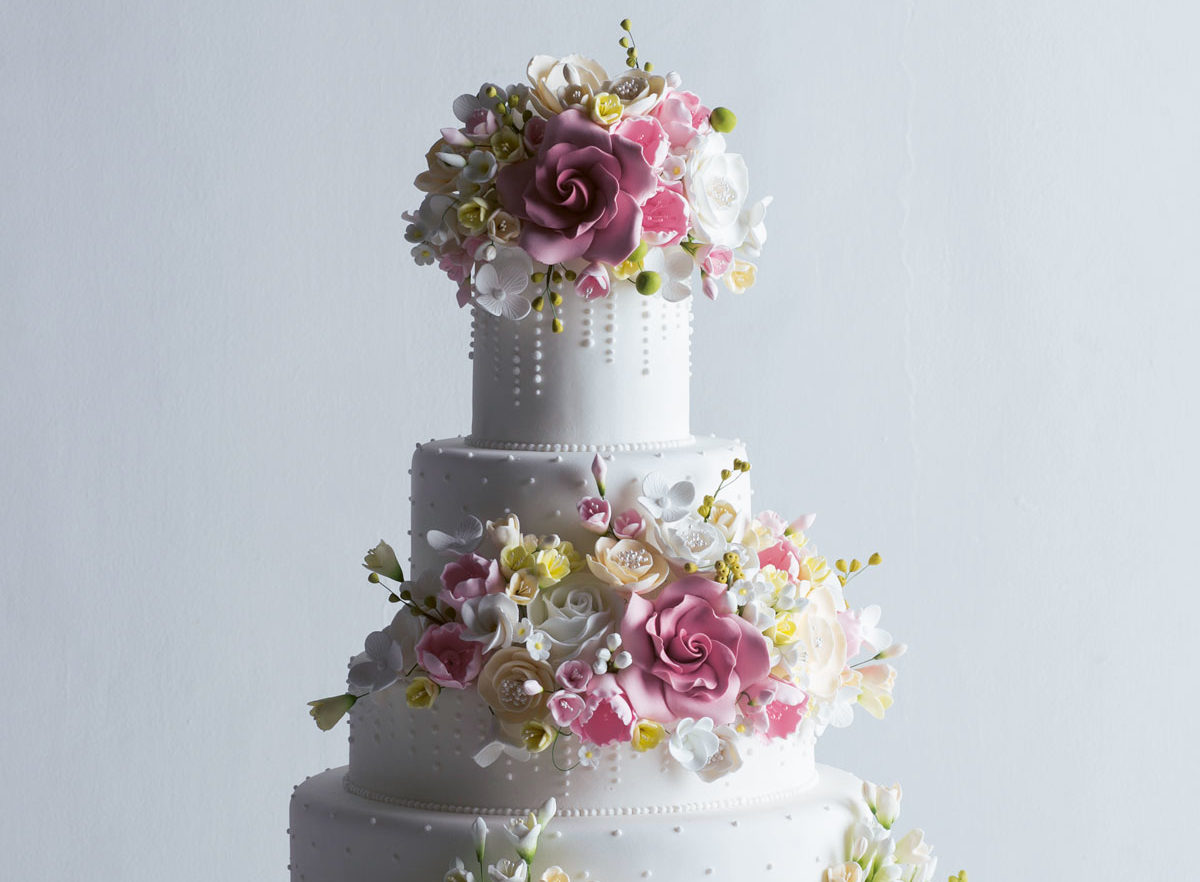
I do agree with you that the appearance of a cake especially a big one seems to highlight the celebration and add a festive feeling inside. That really holds true especially on birthdays as a birthday without a cake seems incomplete for children. As we have a plan to celebrate to the 10th year of my daughter, I will definitely order a custom cake that will make the celebration more memorable for her.